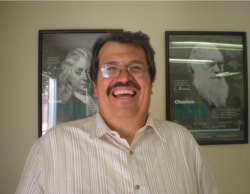Juan Orduna has been teaching Mathematics at Calexico High School for 31 years. He has taught every level of math from General Math, Algebra and Trigonometry to Advanced Placement Calculus. He has been active at both the district and state level in promoting bilingual education and promoting educational success among Hispanic students.
He received his BA in math and his teaching credential from Occidental College. He first returned to Mexicali, Mexico, where he was born, for his first year of teaching. The following year, he crossed the border to accept a position at Calexico High School.
As he explained, “I came to Calexico in 1978 and it has been a wonderful adventure. I was lucky to get my job here. My approach to teaching is a ‘stand and deliver’ style of teaching. There is nothing fancy about what I do. I just stand there and throw hardballs to the students. At this time in my career, all I need is a book, a room and time and I can teach calculus to anyone.” However, it is clear that Juan does more than simply ‘stand and deliver’ his lectures. He is methodical in the planning of his classes and extremely calculated in the way he presents his material.
When questioned about how he prepares he said, “I try to give as many interactive lectures as possible, where students must take notes and ask questions. I require them to use the language of calculus. Each class begins with at least two problem set activities, where students work collaboratively to solve a problem in preparation for the daily formal presentation. I also have graphing calculators for students to use to have an immediate visual image of the problems and solutions. Since a majority of my students are English learners, I want to ensure they have numerous opportunities to express themselves verbally and in writing to increase not only their mathematical skills, but also their English language skills. I insist students answer questions using Standard English and I require them to be precise with their written language in the justification and interpretation of answers.
“Most of my course lessons involve interactive lessons, such as, putting students in groups of 3, and with the assignment to divide a pizza, with a diameter of 14”, into three equal parts so each student gets the same amount of pizza. My homework assignments and weekly quizzes are carefully designed and multi-layered in terms of difficulty and purpose. Prior to presenting the material or assignment, I review the objective and goals and link them to the immediately prior activity. I model some problems for them before guiding them through sample problems until I am confident they understand the concepts, before giving them an independent assignment.
“I believe if I can give my students the proper academic tools, they will achieve success. I also understand ‘success’ is often different for different students. While I push as many students as I can to pursue college, I am also aware, for many in our community, simply graduating from high school and becoming productive, working citizens is an important achievement. I really appreciate the sucess of all of my former students, from the former student who is now the janitor at Calexico High School, to the current Vice Principal of Attendance, and to my former student who recently completed his Masters Degree at Stanford and, now, is looking forward to a PhD. I am proud of each and every one of them.
“Each day, I try to demonstrate that determination and hard work will help to overcome great odds. I was born in Mexicali, Mexico into a poor family with little education and immigrated to Calexico, where I grew up and eventually attended Calexico High School. Early in his life, I contracted polio and have worn a brace for many years. Walking sometimes is very difficult. Sometimes, my students or their parents tell me that my ability to overcome this physical disability to attend college, become a teacher and for 32 years to be on my feet several hours a day, in itself, is inspirational to my students. If that is true, then great. However, for me, it was something I wanted and needed to do.
“Growing up in this community, living in poverty and enduring this physical disability, gave me a clear understanding of what my students face and, eventually, must overcome. It also gives me an appreciation for their differences. The result is that I try to show each student great respect, which is returned ten-fold. For my students, I try to be a living, daily example of how dedication, passion and hard work lead to success.
“I remain in my classroom at lunch and after school for an extra two to three hours each day. On Saturdays, I hold study sessions for two hours from 9 – 11 AM. Each day I tutor students after school and on Thursday’s I have my “Thursday night Bash Session” which is for review for the Friday tests as wells as to revise and review notes and ask questions to clarify concepts. I requires all students to maintain a notebook of the outlines, notes, tests and projects. The notebook is used for weekly reviews and for the upcoming AP and SAT tests. I give my standard tests every Friday and on Saturdays, I spend the first hour of the morning reviewing each question of the test so students can understand where they may have made mistakes. For the second hour of Saturday, I introduce a new lesson.”
One of the greatest gifts Mr. Orduna brings to his school and to his community is hope. He does not simply teach his classes, he motivates and inspires both students and their families to believe in the possibilities of a better future. He gives students confidence to take academic risks and shows them they can compete on the same academic level as anyone and they can do well in high school, go to a good colleges, and find a better life. Because of this encouraging attitude, along with a history of consistent success with generations of students before them, the numbers of students who enroll in his advanced classes rises each year, as does the number of students who continue their education at community colleges and universities like Harvard, MIT, Stanford, UC and CSU campuses.
“I have had the opportunity to work with a lot of outstanding kids. The Calc kids see that I put in many hours tutoring them, and they see the extra hours I spend on the weekly Saturday sessions. Each year, I am amazed by how they all rise to the occasion. I set aside an area on the wall of my classroom where I post a list of all the students who have passed the AP tests over the years and I include their pictures. I have been doing it for so long now that students come to class and see the names of their brothers and sisters and cousins. It serves to motivate them to do as well as their older brothers and sisters. Moreover, I tell them, for everyone student whose name is on the list of those who passed, there are three to four others who may not have passed the test, but took and passed calculus and are having an easier time in their college math courses. The message is that not passing the AP test is not failing, but rather, having the courage to take the class is a major accomplishment.
“After all these years, having so many students who have done well, gives me a bit of credibility. My most difficult task is to convince students they are capable to do the work and will eventually succeed if they put forth the effort. Many of our kids are bright, but, in many cases, are told they are unable to succeed, so they do not even try. Convincing them they can do it is the hardest part. I use a lot of scaffolding to build their confidence and, once they catch on, they see it is only a matter of hard work that makes things change. I try to show students that calculus simply explains how the world moves. I try to make all of my problems relevant to their world and to their future interests. I try to make the problems appeal to what they want to be in life and relate it to their dreams, whatever they may be. After all these years of teaching calculus, I think I am able to find and create sets of problems that connect to physical applications they can understand, whether it ties to economics and production of goods and services or how to design a pipe line over various types of terrain in the most productive and cost effective way.”
-Published 2009


